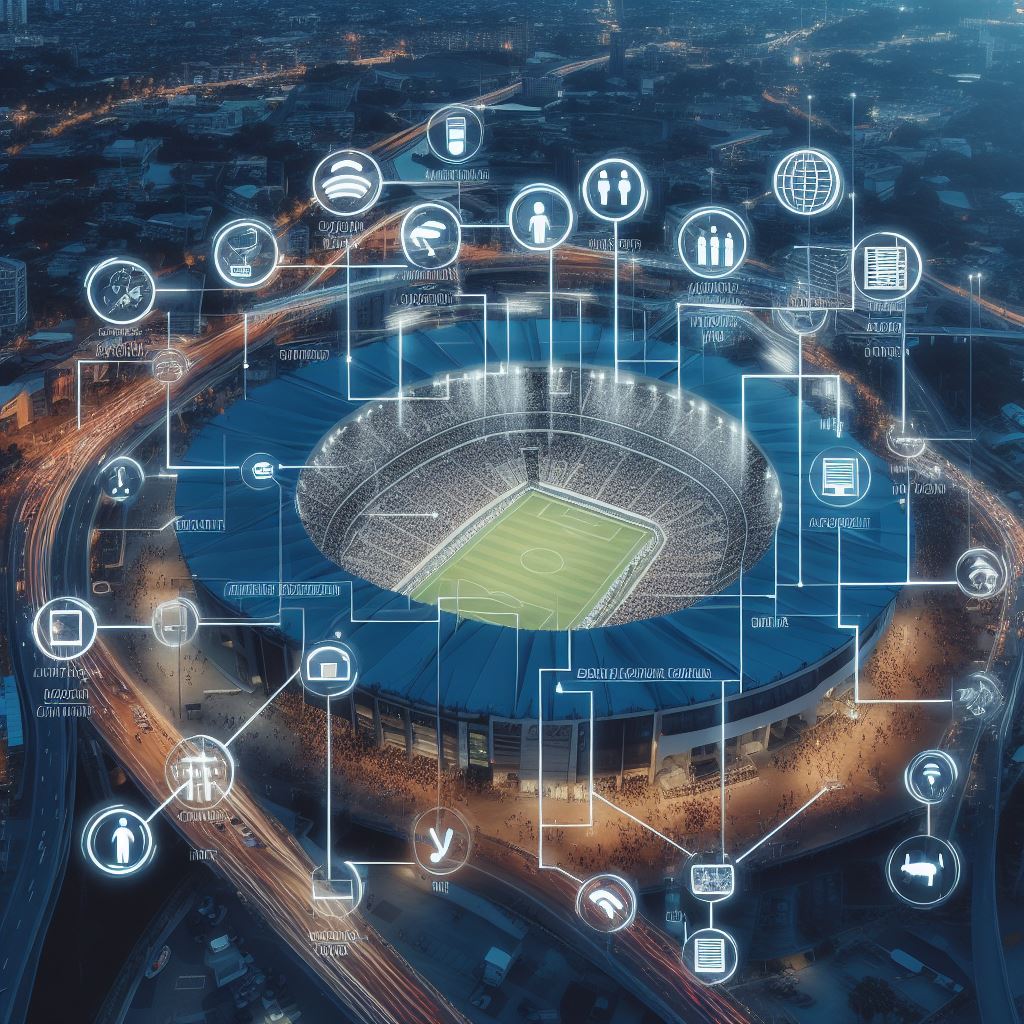
Independent Data Layer for stadiums
Mapped Independent Data Layer (IDL) in stadiums provides operators with actionable insights, enabling efficient crowd management, energy optimization, and streamlined facility maintenance. This results in enhanced visitor safety, reduced operational costs, and an overall improved experience for attendees

Crowd management
Real-time proactive crowd management ensures a safer and more enjoyable experience for attendees.

Energy management
Active energy management in stadiums reduces energy costs, minimizes environmental impact, and contributes to sustainability goals.

Facility O&M
Enhances operational efficiency, reduces maintenance costs, and guarantees a positive experience for visitors
Crowd management and Safety
Stadiums often host large crowds, requiring efficient crowd management for safety and security. Mapped IDL integrates data from various sources such as CCTV cameras, access control systems, elevators, WiFi access points, and occupancy sensors. By analyzing this data, stadium operators can monitor crowd movement, identify congestion points, optimize security deployments, and deploy real-time proactive crowd management ensuring a safer and more enjoyable experience for attendees

Energy and sustainability
Stadiums have diverse energy needs, from lighting and HVAC systems to audio-visual equipment. Mapped IDL consolidates data from these systems, enabling real-time monitoring and control. Stadium operators can optimize energy usage, ensuring lights and climate control are only active in occupied areas. Additionally, IDL can facilitate the integration of renewable energy sources such as solar panels. By analyzing energy consumption patterns, stadiums can reduce costs, minimize their environmental impact, and contribute to sustainability goals

Operational efficiency
Stadiums house complex infrastructure, including seating, elevators, escalators, and restroom facilities. Mapped IDL integrates data from sensors embedded in these systems. Stadium operators can implement predictive maintenance strategies with early identification of issues and timely repairs, thus minimizing downtime and ensuring all facilities are operational during events. This proactive approach enhances operational efficiency, reduces maintenance costs, and guarantees a positive experience for visitors.

